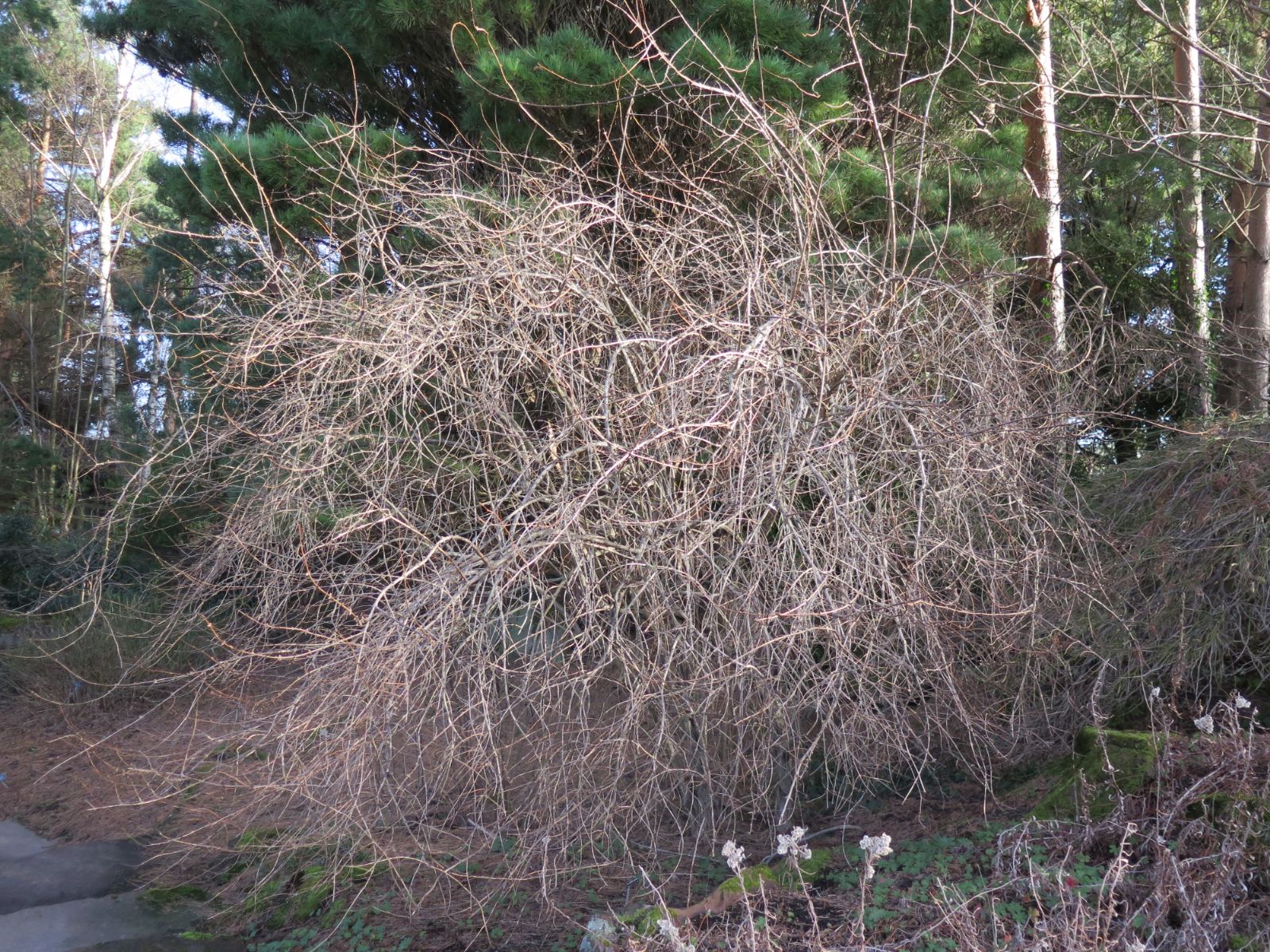Lonicera deflexicalyx
Credits
Article from Bean's Trees and Shrubs Hardy in the British Isles
Recommended citation
'Lonicera deflexicalyx' from the website Trees and Shrubs Online (treesandshrubsonline.
Genus
Infraspecifics
Other taxa in genus
- Lonicera albertii
- Lonicera alpigena
- Lonicera alseuosmoides
- Lonicera altmannii
- Lonicera × americana
- Lonicera angustifolia
- Lonicera × brownii
- Lonicera caerulea
- Lonicera caprifolium
- Lonicera caucasica
- Lonicera chaetocarpa
- Lonicera chrysantha
- Lonicera ciliosa
- Lonicera dioica
- Lonicera etrusca
- Lonicera ferdinandii
- Lonicera flava
- Lonicera fragrantissima
- Lonicera giraldii
- Lonicera griffithii
- Lonicera gynochlamydea
- Lonicera × heckrottii
- Lonicera henryi
- Lonicera hildebrandiana
- Lonicera hirsuta
- Lonicera hispida
- Lonicera iberica
- Lonicera implexa
- Lonicera japonica
- Lonicera korolkowii
- Lonicera ledebourii
- Lonicera maackii
- Lonicera maximowiczii
- Lonicera microphylla
- Lonicera morrowii
- Lonicera myrtillus
- Lonicera nervosa
- Lonicera nigra
- Lonicera nitida
- Lonicera periclymenum
- Lonicera pileata
- Lonicera prolifera
- Lonicera prostrata
- Lonicera purpurascens
- Lonicera × purpusii
- Lonicera pyrenaica
- Lonicera quinquelocularis
- Lonicera rupicola
- Lonicera ruprechtiana
- Lonicera sempervirens
- Lonicera setifera
- Lonicera similis
- Lonicera splendida
- Lonicera standishii
- Lonicera syringantha
- Lonicera tangutica
- Lonicera tatarica
- Lonicera tatsienensis
- Lonicera × tellmanniana
- Lonicera thibetica
- Lonicera tomentella
- Lonicera tragophylla
- Lonicera trichosantha
- Lonicera xylosteum
- Lonicera yunnanensis
A deciduous shrub of elegant spreading habit; branches often horizontal or drooping, the branchlets in opposite rows, hollow; young shoots purple, downy. Leaves 11⁄2to 3 in. long, scarcely half as wide, rounded at the base, narrowly ovate, pointed, dull green and downy above, greyish and hairy beneath, especially when young; stalk 1⁄3 in. long. Flowers in pairs from each axil along the branchlets, all expanding upwards; calyx dry, scarcely lobed, splitting down one side; corolla yellow, 5⁄8 in. long, downy outside, the lower lip much deflexed, tube shorter than the lobes; stamens hairy at the base; style wholly hairy; stalk 1⁄4 in. long; fruits orange-red. Bot. Mag., t. 8536.
Native of China and Tibet; introduced in 1904. A notably elegant, free-growing shrub, very hardy and floriferous, showing its flowers to good advantage by producing them on the upper side of the long feathered branches. It flowers in May and June, and grows probably 8 ft or so high.
var. xerocalyx (Diels) Rehd.
Synonyms
L. xerocalyx Diels

